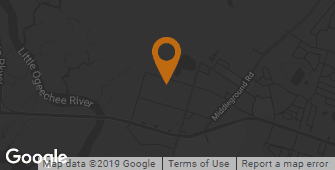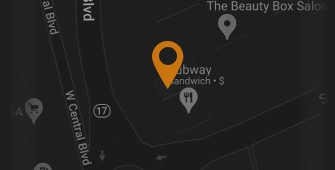Urban forest: Make care a priority
Posted: September 2, 2013 – 11:04pm | Updated: September 3, 2013 – 12:05am
LAST WEEK’S decision by Savannah City Council to appeal the $12 million award that a jury gave a Savannah woman who was permanently injured by a falling tree limb was no big surprise.
This is a huge sum of money and it will come right off the city’s bottom line. The city owes it to the public to do its due diligence.
If it believes, for example, that the trial judge may have committed an error, or, that the jury’s answer on Aug. 21 was against the great weight and preponderance of evidence, then an appeal is in order.
That’s how the legal process works.
Last year, the Georgia Supreme Court tossed out a $17 million verdict against the city that a Troup County jury awarded Batson-Cook over the construction of the city’s Whitaker Street parking garage.
The circumstances of that case and its appeal are different from those of the falling tree limb case. But City Attorney Brooks Stillwell is a good one. While it’s unclear what city officials were told in a closed-door meeting last week about the latest verdict and possible responses, it makes sense for them to listen to their lawyer.
One fact that is clear is that Shanta Greene, 31, who lost a leg and part of her pelvis after a massive tree limb on Bee Road at 42nd Street struck her in 2010, deserves sympathy. No jury can give her what she needs to make her life whole again.
What is unclear is whether the city is doing enough to properly tend to its urban forest, a magnificent public asset that contributes to Savannah’s beauty, provides many environmental benefits and adds to property values.
The city’s Park and Tree Department is responsible for 85,000 trees, including the live oak that dropped a limb that maimed Ms. Greene.
Is this department adequately funded? Is keeping up with a tree inventory and data base that tracks each tree’s health and maintenance? Is it doing enough to be pro-active?
Or, is it relying too much on private citizens to pick up the phone and call in potential problems?
Karen Jenkins, executive director of the non-profit Savannah Tree Foundation, wrote in a guest column, which this newspaper published Sunday, that it was “imperative” that the city allocate funds to make trees and their maintenance priorities.
“Tree care cannot be performed only in response to citizen 311 calls,” she wrote. “As with all infrastructures, it is foolhardy and dangerous to defer proper care programs.”
The city doesn’t carry liability insurance to protect itself from risks (little Tybee Island, by comparison, has a $2 million policy), preferring to rely on government immunity. That strategy backfired in this case. The $12 million award to Ms. Greene will come directly out of the city’s till, not some insurance company’s deep pocket. But if the city is overly reliant on citizens who may or may not call 311, it could be courting trouble.
No one wants a denuded city or one with ugly, scalped trees. However, beautiful tree cover and public safety aren’t mutually exclusive. Savannah can and should have both.
But City Hall must want it. Elected officials must be wise stewards of limited public dollars, and citizens must hold council members accountable for how they spend them.











